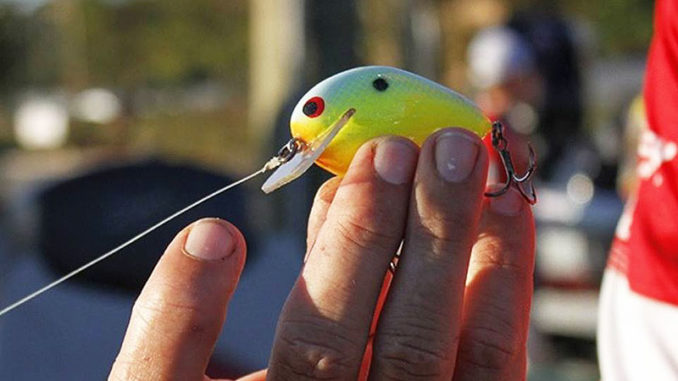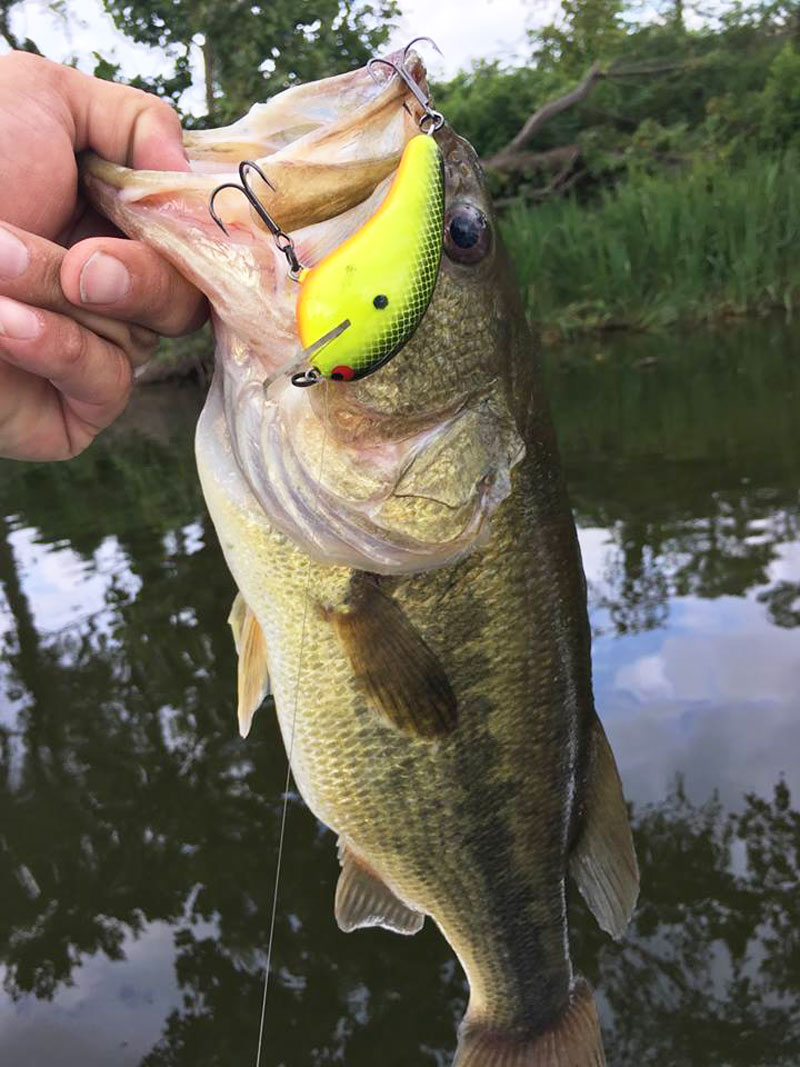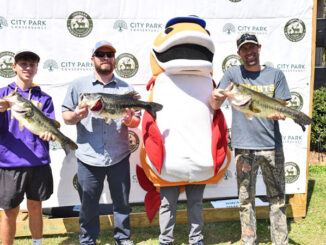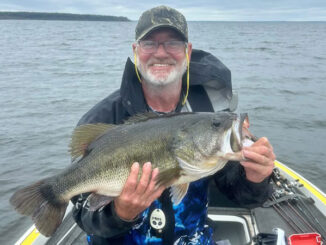
Mississippi pro’s hand-crafted balsa crankbaits are square-billed, bass-catching creations
Artist at work.
That’s what a sign should read in the shop at Cliff Pace’s home in Petal, Miss., where he makes the Black Label balsa crankbaits that have been catching bass from the Atchafalaya Basin and Lake Verret in south-central Louisiana to waters in neighboring states and across the United States.
His craft is a labor of love, a hobby that blossomed into a business while he maintains a high profile as an accomplished professional bass angler.
“I do various things in the tackle industry,” Pace said, including providing lead casting for leadheads in spinnerbaits, vibrating jigs and jigs, among other things, and distributing his handmade balsa crankbaits
“I’ve been building lures my whole life. I was building these just for me. Ten or 12 years ago, there weren’t a lot of great square-billed crankbaits on the market. About 2014, I started building them for myself,” said Pace, 28.
They have been effective many times in Louisiana, including a tournament a few years ago in the Atchafalaya Basin when Pace used a Ricochet Jr. model around cypress trees to catch many of the bass he weighed in a Bassmaster Central Open in which he finished 12th with 32 pounds, 15 ounces.
Now Pace is taking his game and his Black Label balsa crankbaits to the new Major League Fishing Bass Pro Tour this year.
“There’s a big difference between a balsa crankbait and a plastic crankbait. There’s definitely a time and place for both,” he said.
When it’s time for a balsa crankbait, Pace and the rest of the world’s bass anglers can tie on the Black Label balsa.
“I’ve used them throughout my career, even before Black Label existed,” he said. “A lot of people over the years, I’d give the bait to who wanted them. A lot of people saw them or borrowed one, or I gave them to a tight-knit group of people. Since then, it has grown. A lot of tackle stores started carrying them. I do enjoy building these, and I enjoy the feedback from fishermen.”

And there has been plenty of positive reaction to the Black Label balsa crankbaits since they went on the market in 2014. The line includes the Ricochet and Ricochet Jr., the CBS2 and CBS2 and Slim crankbaits, and the Tease, a topwater bait with twin props.
Pace gets his balsa wood from South America. The baits, he said, are all different in reaction and shape “to fit the fishing conditions you come across for different times of the year,” noting his favorite is probably the Ricochet Jr.
Pace makes it clear the balsa crankbaits aren’t hand-carved, although he used to carve his own back in the day. However, after they are cut from a machine, each of the next 50-plus steps are in his hands.
First, he drills a hole and inserts a ballast weight. Then, he seals the bait completely. After that, he applies a primary base coat of white paint.
If he is painting a bold bluegill pattern, a popular color combination, the process — sprayed with Polytranspor airbrush paint — begins with a scale pattern through a mesh. The bait is sprayed with chartreuse top to bottom, leaving the belly white, and an orange throat is applied under the nose.
After that, he sprays baby blue on the cheeks, then uses a stencil for the tell-tale vertical bream bars. He applies brown paint down the center of the back, followed by an iridescent green scale effect over the brown, a stencil to make the black gill and then a center black line down the length of the back.
After eyes are applied, the final application is the target dot on the side.
Then the O-rings and premium black nickel treble hooks are added to complete the balsa crank bait.
You can watch the painting process right here:
It’s a painstaking process that takes 14 days, start to finish, to allow paint to dry. In a two-week period, without interruption, he can build approximately 500 baits. He builds them between tournaments and during the offseason. With a jam-packed schedule in March, none will be built.
“All in all, when compared to most balsa baits, they’re very durable. They’re built to be as durable as I can possibly make them,” he said.
Also of interest, the wire harness that runs through the body is stainless steel, so it won’t rust, he said.
For more information, visit www.blacklabeltackle.com.


